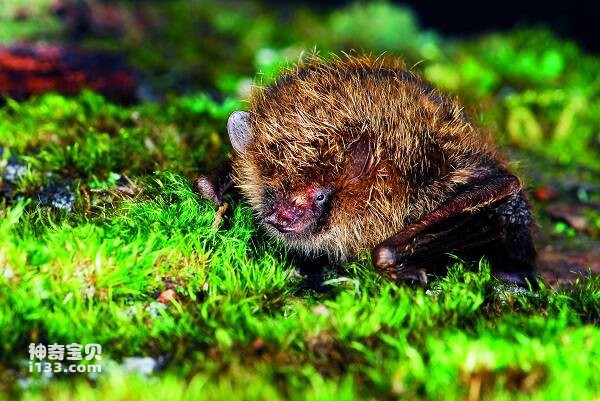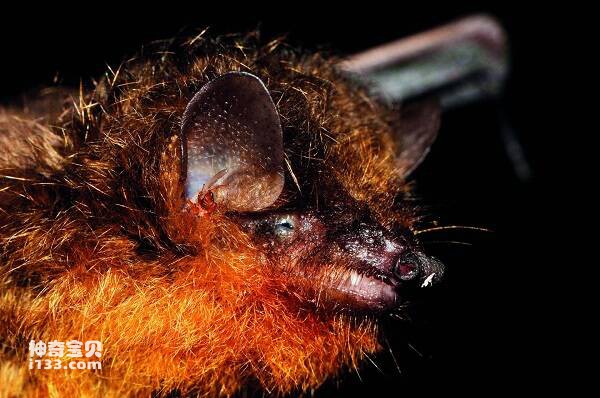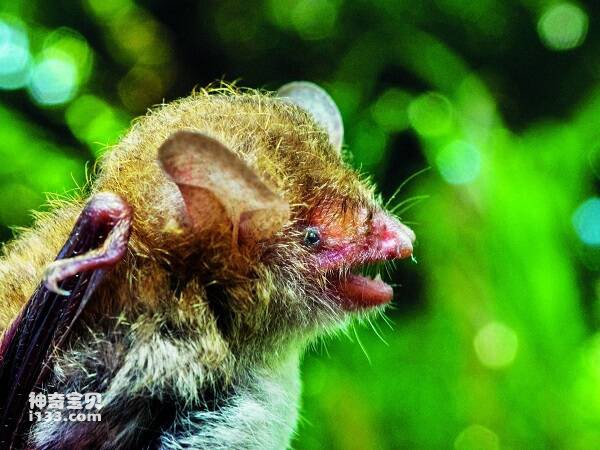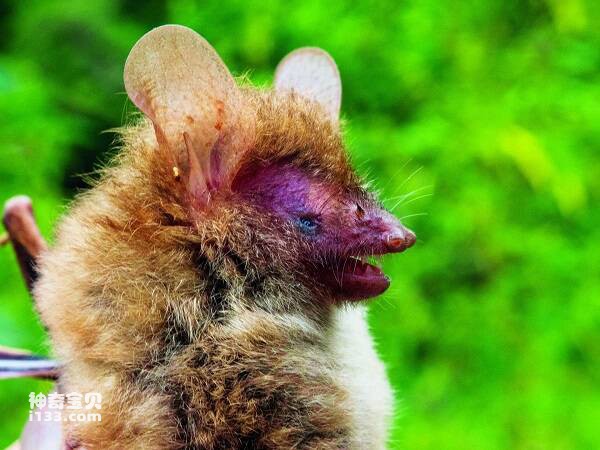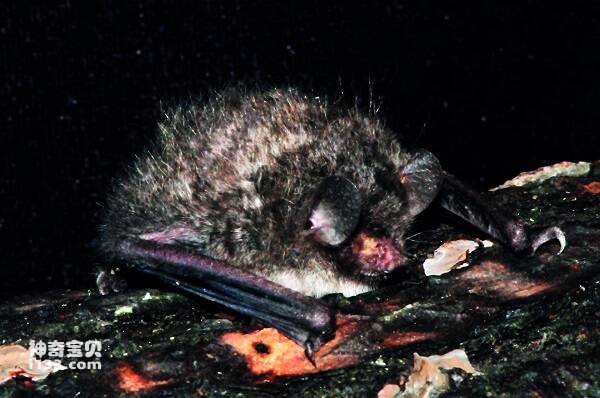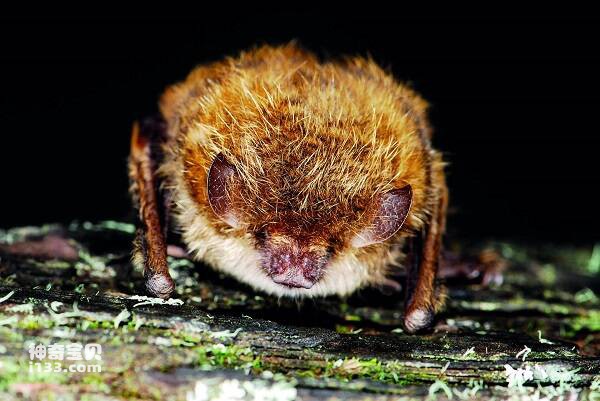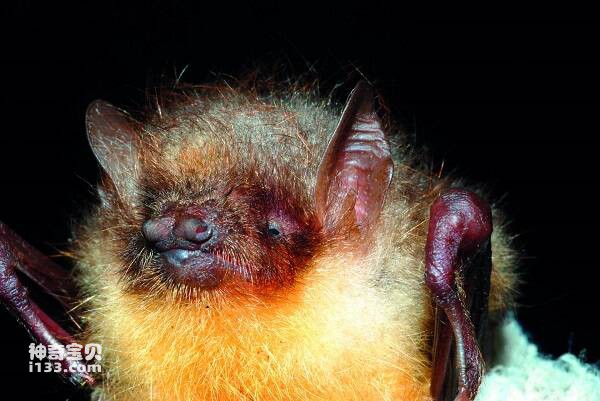Hipposideros pratti
IUCN
LCBasic Information
Scientific classification
- name:Hipposideros pratti
- Scientific Name:Hipposideros pratti
- Outline:Chiroptera
- Family:Pterodactyla H.B.family H.B.Genus
Vital signs
- length:
- Weight:
- lifetime:
Feature
One of the larger bats
Distribution and Habitat
Within China, it is distributed in Anhui, Fujian, Guangdong, Guangxi, Guizhou, Hainan, Hubei, Hunan, Jiangsu, Jiangxi, Shaanxi, Sichuan, Zhejiang and Yunnan. Foreign distribution is only in Vietnam.
It lives at an altitude of 100-2000m in moist, warm burrows with deep, wide tunnels and underground channels.
Appearance
Slightly smaller than the great hoofed bat. Forearms are 82-92mm long. The ears are large and wide, low to the tragus. The leaves of the horse hooves are slightly square, the middle is concave, and the two sides each have 2 attached leaflets; There is a transverse middle lobe above the horseshoe leaf, followed by the parietal lobe; After the parietal lobe there are 2 large lobes, called dermatophylls, especially the male body is more developed, and there are glandular sac openings and a bunch of vertical long hair at the fork of the projection. Dorsal hair is light brown or brown, ventral hair is light brown.
Details
The Przewalski's bat is a large bat that lives in large, damp, dark caves. In large groups of dozens or hundreds of bats, many other bats can be seen in the same hole, but they do not mix. Go out at night. It eats insects. Because the males of this species form particularly well-developed skin leaves during the breeding season, it is easy to be confused with the similar species (<Hipposideros lylei), which is only distributed in Yunnan Province in China.
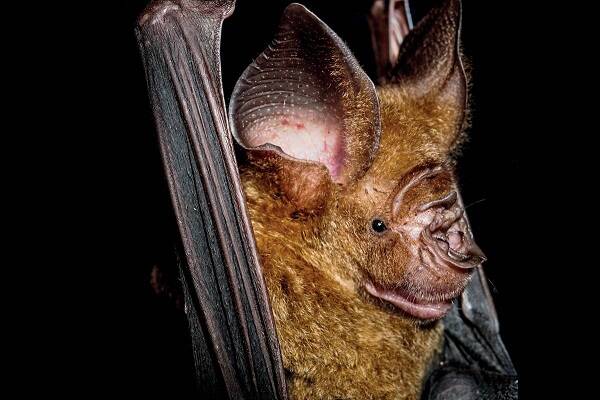
There are often dozens or hundreds of Przewalski's horseshoes gathered in the upper part of the cave, and there are also single ones hanging on the wall of the cave. In the same cave, the great hoofed bat, the Great Daisy bat, the horned Daisy bat, the Chinese Myotis bat, the hairy-legged Myotis bat, the velvet Myotis bat, the great footed Myotis bat and the broken winged bat have been seen. Hibernating in the wet and watery depths of the tunnel. It mainly feeds on the surrounding nocturnal flying insects, and its intestinal tract is not long, the ratio of body length is 3.34:1. Sex is more fierce, in early April, they have been seen with the cage of the horned chrysanthemum bat bite and eat half, which is suitable for its feeding.
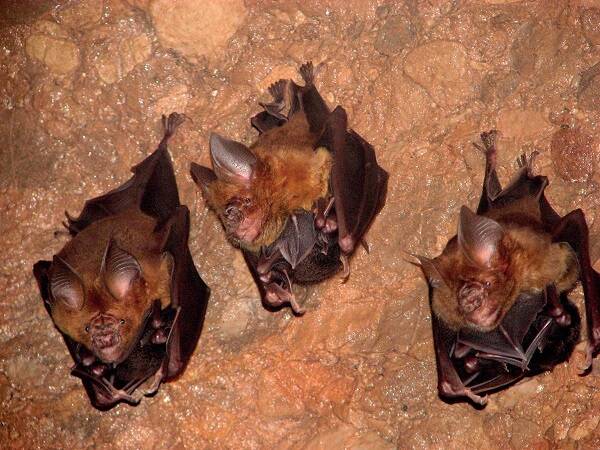
The uterus of the adult female was enlarged, and the testicles of the male were mung-bean shaped. The embryo is born in the left corner of the uterus, the pregnant female bat has a pair of mastoids with obvious hypertrophy before the anus, and gives birth in June, with 1 litter per fetus.
Platti's bat preys on insects, which is beneficial to agriculture and forestry, and the fecal fertilizer is very valuable, and the feces can also be used as medicine.
The Przewalski's bat is listed on the International Union for Conservation of Nature's (IUCN) 2008 Red List of Threatened Species ver 3.1 - Not Threatened (LC).


